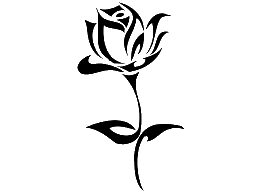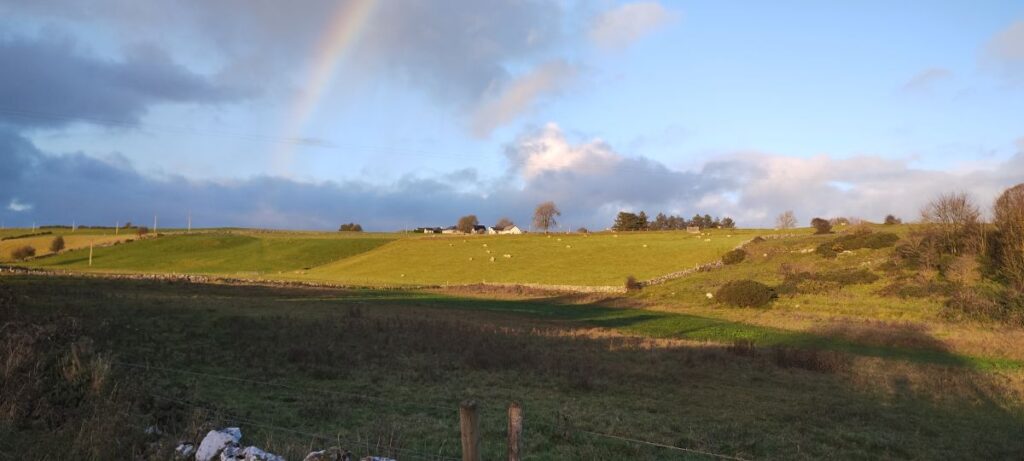Ireland has the most incredible rainbows that we have ever seen (photo at top of post does not come close to capturing these rainbows). We have seen 180° rainbows, double rainbows, a horizontal rainbow, and have clearly seen where the rainbows touch the ground and in one case touched the water.
The photo at the top of this post was taken from the front yard of the Airbnb we are staying at, located in Lismakeeve, County Tipperary. We were in County Tipperary briefly once before when we visited Nenagh Castle, but this is the first time we have stayed in the county for a multi-day stay.
We found a quintessentially Irish thatched cottage for our week long stay in Knockcroghery, County Roscommon.
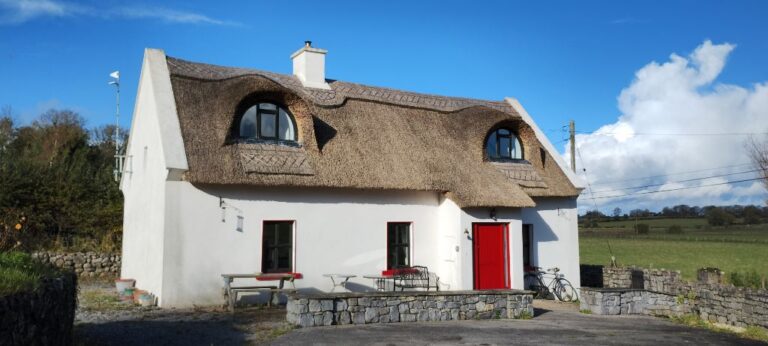
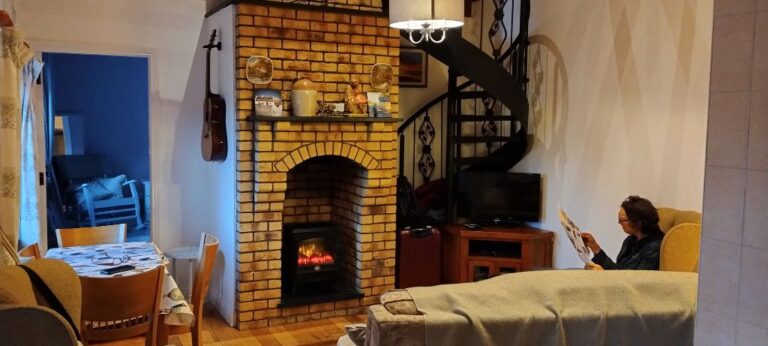
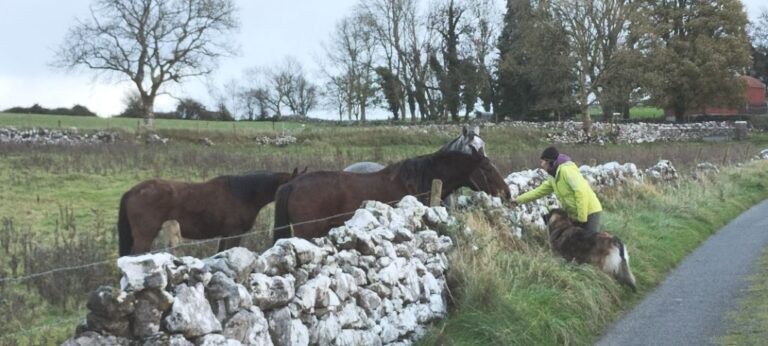
The town of Roscommon is only 10 minutes away from our Airbnb in Knockcrogery, and is the home of Roscommon Castle.
This castle is one of the finest examples of an Anglo-Norman Royal Castle (built for the king) in Ireland. It is believed to have also served as a prototype for royal castles built later in Wales.
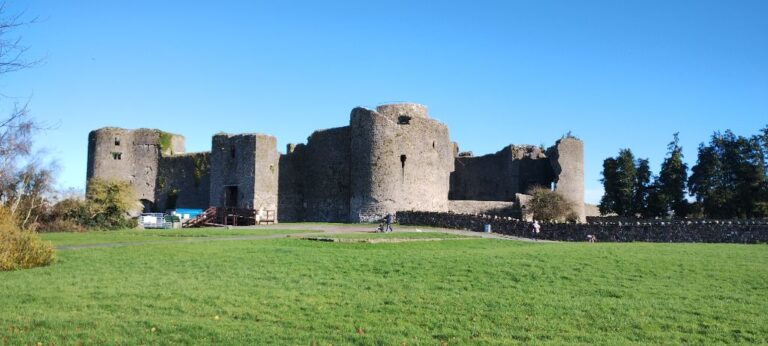
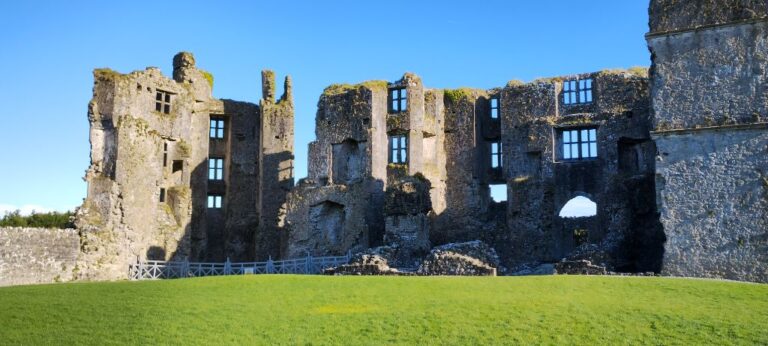
A bog walk seemed like a must-do activity as bogs have been, and still are, important in Ireland. Dried peat has been used as a fuel source in Ireland since the 9th century, and is still in wide use today. We have burned peat in several of the cottages we have stayed in. Dried peat is quite heavy and has a greasy feel to it. When burnt it is quite smokey and has a pungent odour.
In 2003 peat products accounted for 58% of total primary energy production. In 2022 the government banned the sale of turf, but allowed rural homes to continue using peat as a fuel source. Peat used today is either harvested manually or purchased from local peat contractors. Peat sold in stores is a compressed form called briquettes. Soaring oil & gas prices makes peat an economically attractive option for many households. Peat is currently burned in 1 out of 7 Irish homes. This is quite evident as you drive around and see peat smoke rising from house chimneys and smell the strong peat odour.
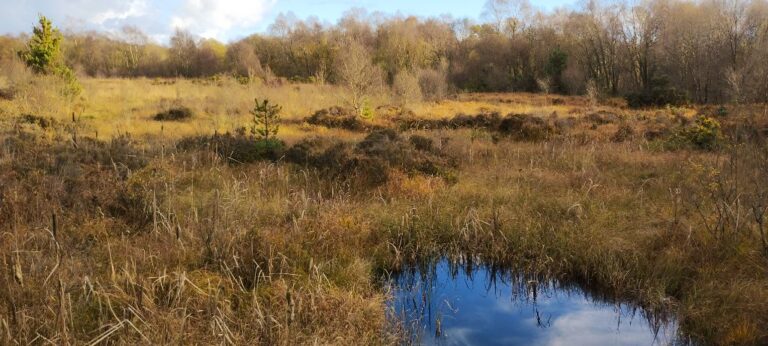
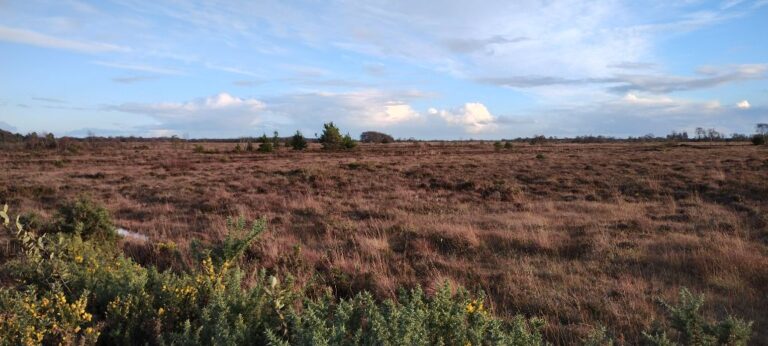
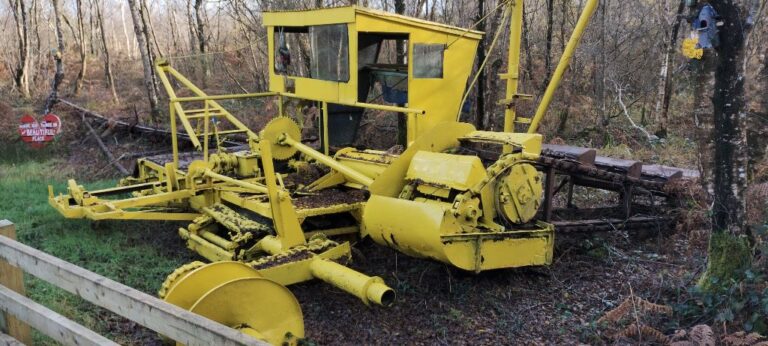
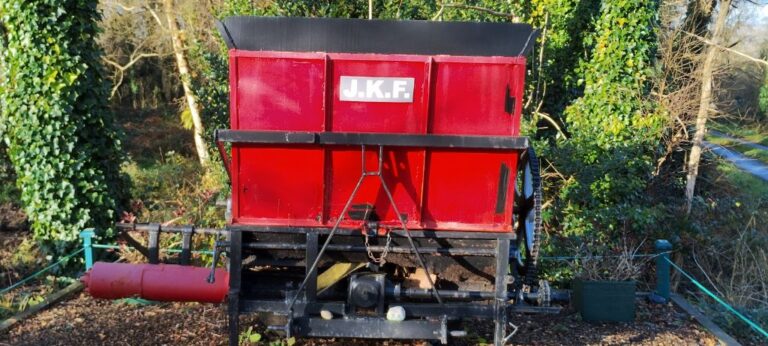
At about 360 km in length the Shannon river is the longest river in Ireland and also the longest river in all of the British isles. The Shannon River Basin drains an area of just under 17,000 square km or about one-fifth of the total land area of Ireland.
Like our earlier stay in Labasheeda, Rathmullan is located on the Shannon estuary, where the Shannon river flows into the Atlantic ocean. We are now driving to Athlone (about 20 minutes south of Knockcroghery) to see the Shannon river as it passes through the town of Athlone. A bridge across the Shannon river was built in Athlone in the early 12th century. In 1129 a fort was built to protect the bridge. The original earthen fort was replaced with a stone structure in 1210. Many battles for bridge took place until 1691 when the stone castle was largely destroyed. The current castle was later rebuilt. Unfortunately the castle was closed on the day we visited Athlone.
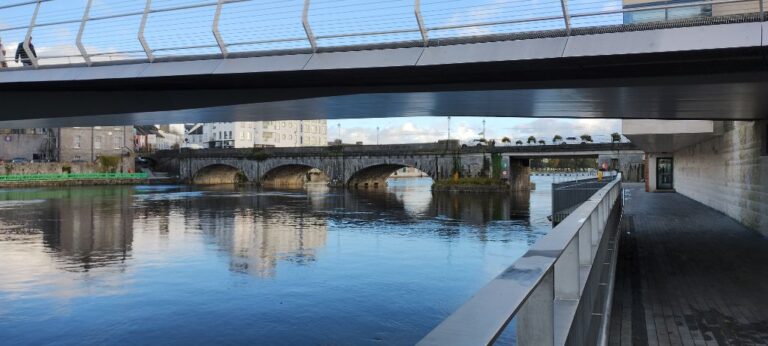
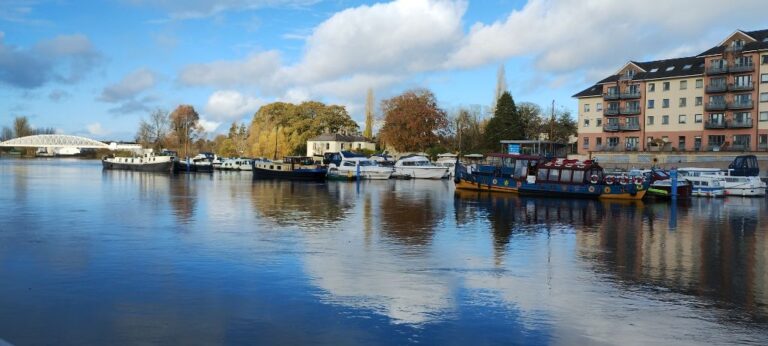
In order to bypass the rapids in the Shannon river at Athlone a canal was built in 1757. The canal had a single lock 120′ x 19′. This canal was used until 1840’s when a new lock was built right in the river.
The canal is no longer navigable for the whole length (parts of it no longer have any water, and a playground area occupies part of the old canal), but small punts still use the northern end of the canal which still connects to the Shannon river.
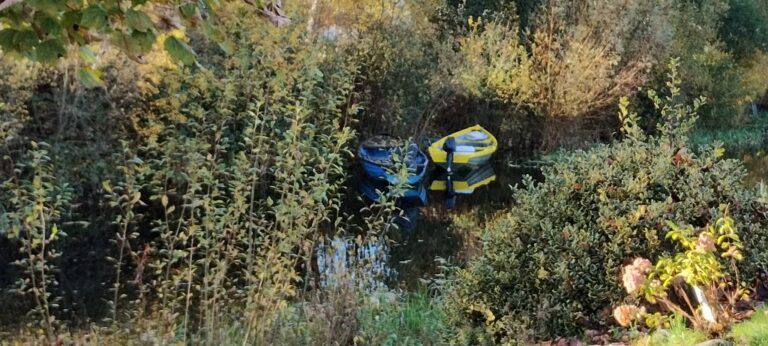
For something a little different we decide to talk a walk through the Sliabh Bawn (pronounced “Shlee-ev Ba-un”) Wind Farm.
The wind farm has 20 turbines that produce 58 MW of electricity, enough to power 37,000 homes. The turbines only require wind speed of 10-14 km/hour to start generating electricity. Each wind turbine has a transformer in its base that converts the electricity to 33,000 volts. A single substation takes in the power from all 20 turbines and converts it to 110,000 volts for distribution on the national energy grid.
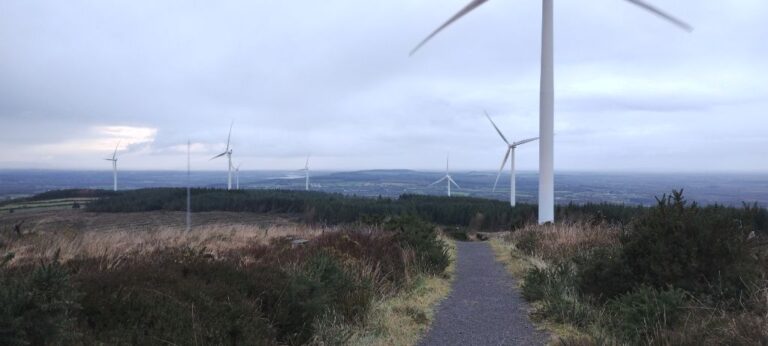
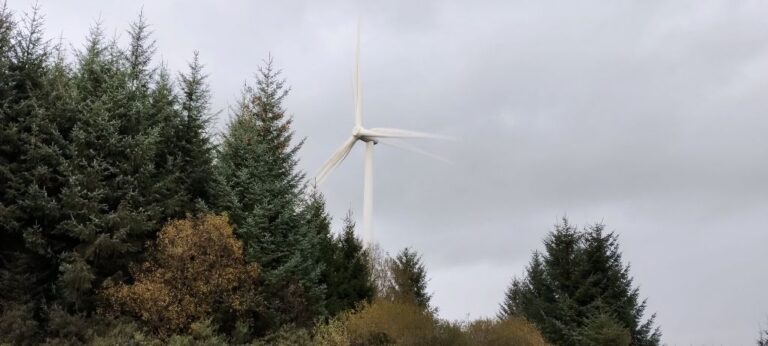
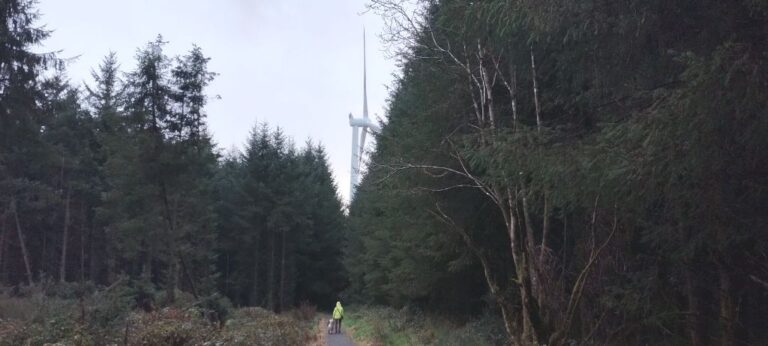
November 4 – 10, 2023
